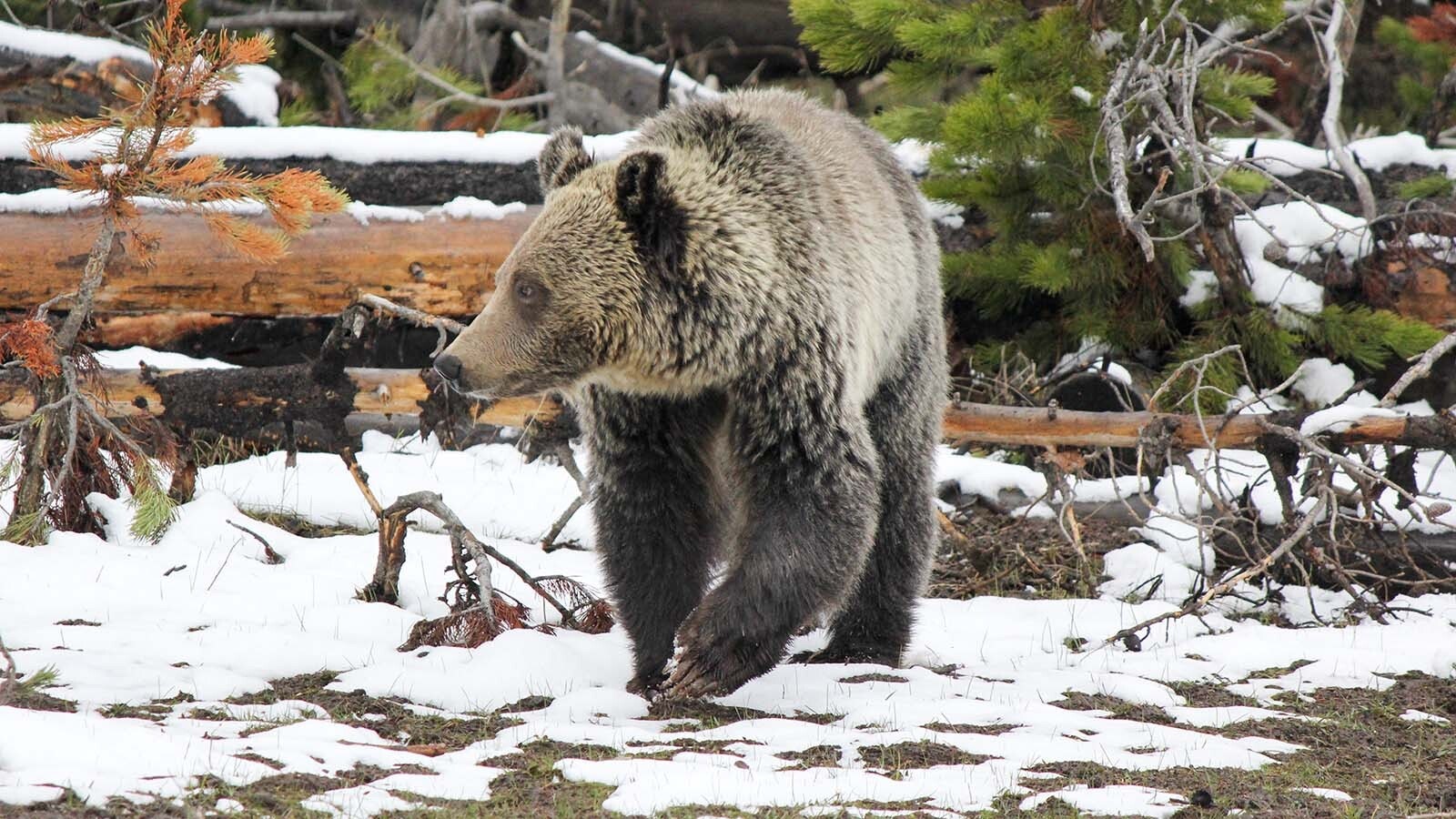Is technology — including rifles that can shoot accurately out to 1,000 yards or more — making hunting too easy?
Some hunters think so, and the Idaho Fish and Game Department formed a group to consider whether technology is taking the ethics out of hunting.
That discussion has partly been spurred by the story of a nearly 2,000-yard kill shot on a Wyoming antelope in 2018.
“I know that 2,000-yard antelope shot is a huge issue. I reference it in my papers a lot,” avid hunter Tal Sampson of Pocatello, Idaho, told Cowboy State Daily.
What Is ‘Fair Chase?’
Sampson is part of Idaho Fish and Game’s Hunting And Advanced Technology working group (HAT).
He’s also a founding member of Beyond the Flight Zone. That’s a grassroots hunter’s organization that he said is causing a groundswell in Idaho and other states. It’s calling for re-examination of hunting ethics and what “fair chase” means.
“Fair chase should be one simple principle, range of weapon compared to the biological limits of the animal,” Sampson said.
In the hunting world, the principle of fair chase has long been debated. The Boone & Crockett Club — widely considered the gold standard for hunting trophy record-keeping – defines fair chase as hunting in such a manner that the animal has a reasonable chance of escape.
Is 600 Yards The Magic Number?
Advancements in hunting rifles are causing some to question just how far is too far to shoot at big game animals, Sampson said.
“Weapons have reached a point where, when you look at fairness, it’s not fair.”
In 2022, the Jackson-based Nomad Rifleman team pulled off a world-record-setting 4.4 mile rifle shot. That shot was accomplished with a custom-built rifle chambered for the .416 Barrett cartridge. Downrange spotters helped the shooter adjust aim. After a 24-second flight time, the bullet struck the target on the 69thattempt.
Nobody’s imagining hunting shots that far. But there’s no question that the distances of hunting kill shots have continued to stretch as rifles, ammunition and scopes have improved, Sampson said.
There was a time when hunters “would rarely shoot over 400 yards,” but now shots that stretch out to 700 yards or more are commonplace, he said.
“We are in an arms race. The hunting community, hunting culture and manufacturers are competing over who can create the biggest, fastest, long-range weapon that can shoot wildlife at 1,000 yards,” Sampson said.
An argument can be made that is well outside an animal’s “flight zone” – or the distance at which an animal might detect hunters, and consider them to be a threat, he said.
Based on the biology of big game species such as deer, elk and antelope, the flight zone extends to about 600 yards, he said.
So, that raises the question of whether it’s ethical to shoot any farther than that.
It can be a tough question, Sampson said. He’s not a long-distance hunter himself, he prefers to sneak in close with a muzzle-loading rifle.
Most of the time, hunters who take longer shots are meticulous and cautious, putting considerable time and effort into setting their shots up, he added.
“We think that long-range hunters are some of the best hunters in the woods,” Sampson said.
Hunters Must Take The Lead
There have already been some restrictions on technology as it relates to hunting. For instance, in Wyoming, it’s illegal to use drones to locate game, or to drive animals toward hunters.
In some states, rifles with scopes are forbidden during special muzzleloader seasons, Sampson said.
He and other members of Beyond The Flight Zone are worried that if hunters start to rely too much on technology, they could lose favor with the general public.
“Polls show that 78% of non-hunters still support hunting, but that’s fragile,” he said.
If hunting ethics need an update, hunters should be the one to do it, he said.
“All sports are struggling with technology. This is just something where we, as hunters, have to sit down with each other and say, ‘Hey, are we doing the right thing here?’” Sampson said.
Contact Mark Heinz at mark@cowboystatedaily.com
Mark Heinz can be reached at mark@cowboystatedaily.com.





